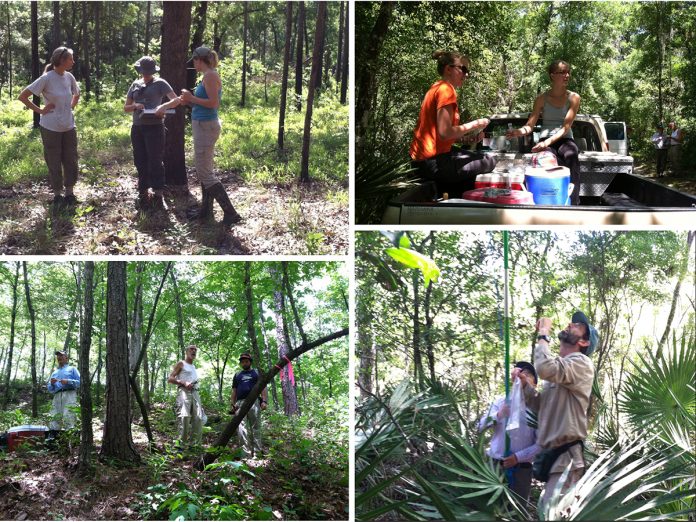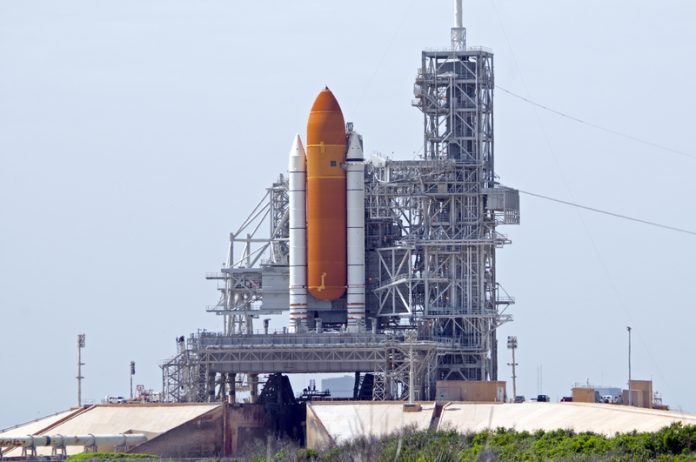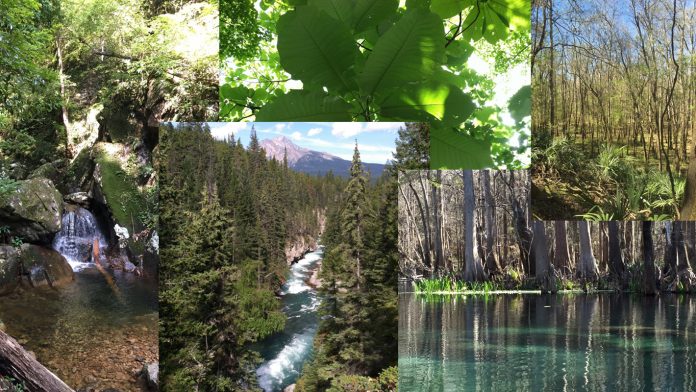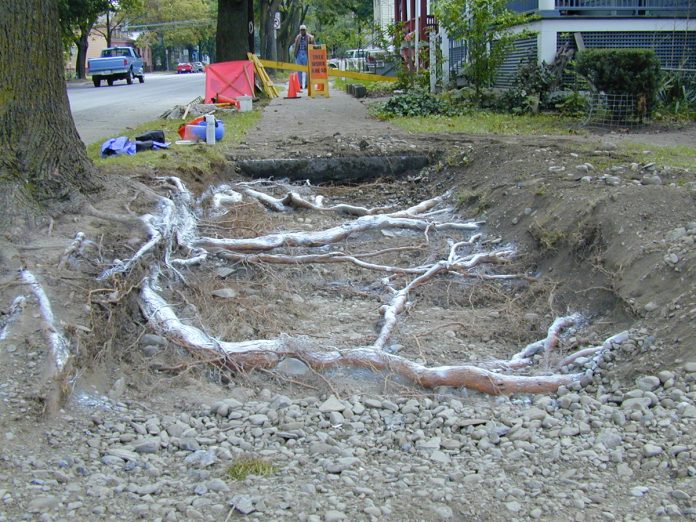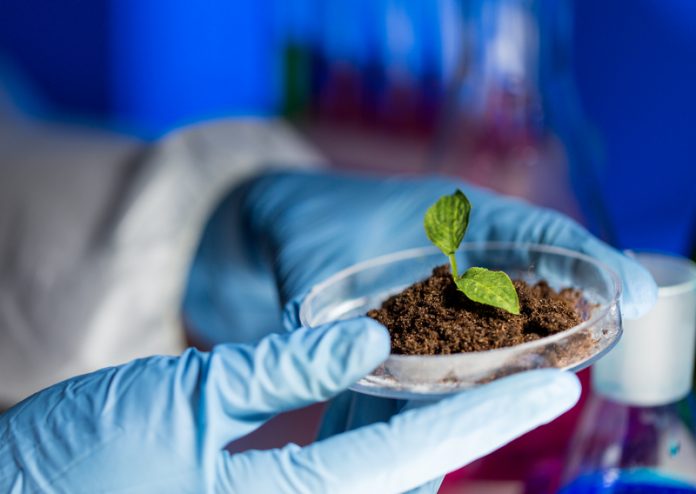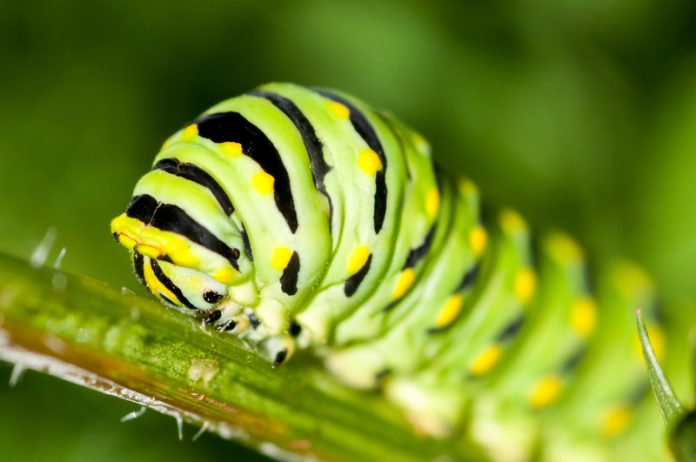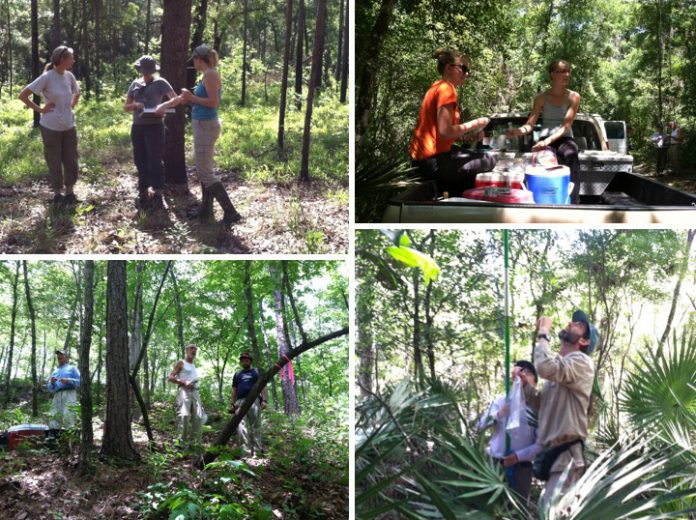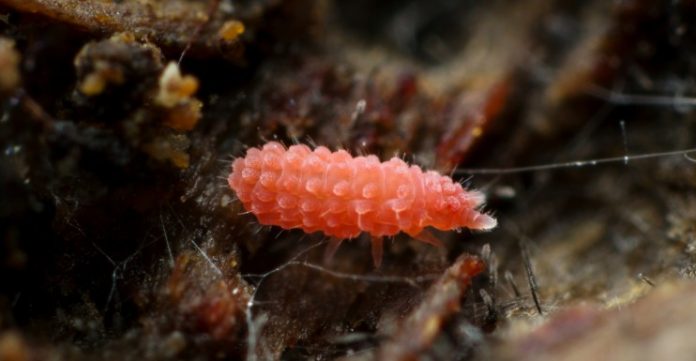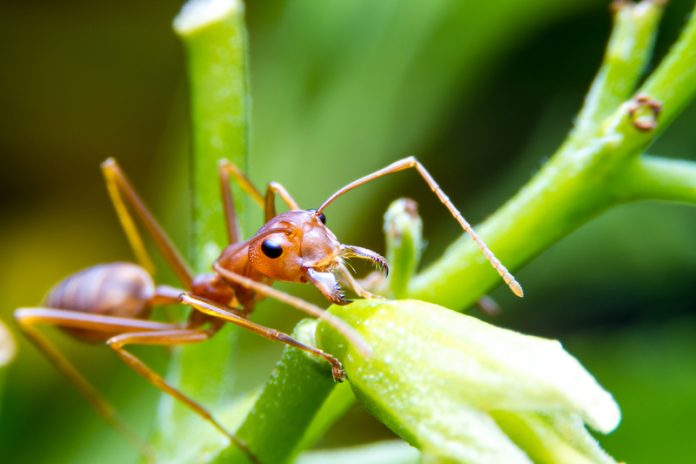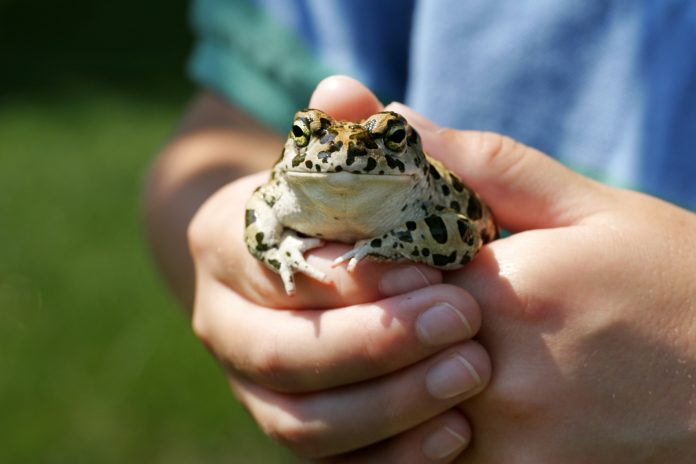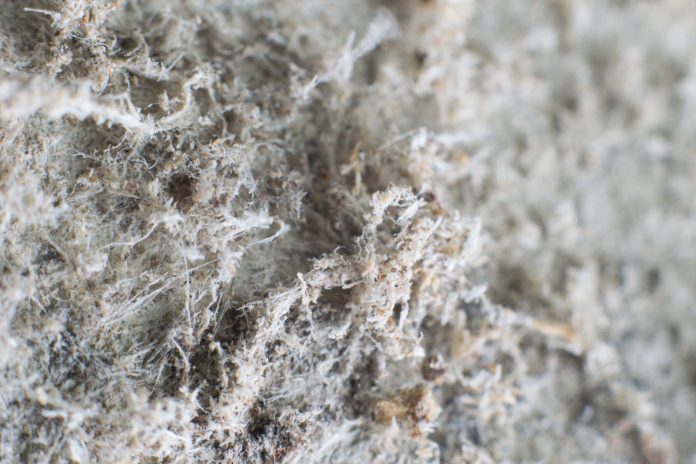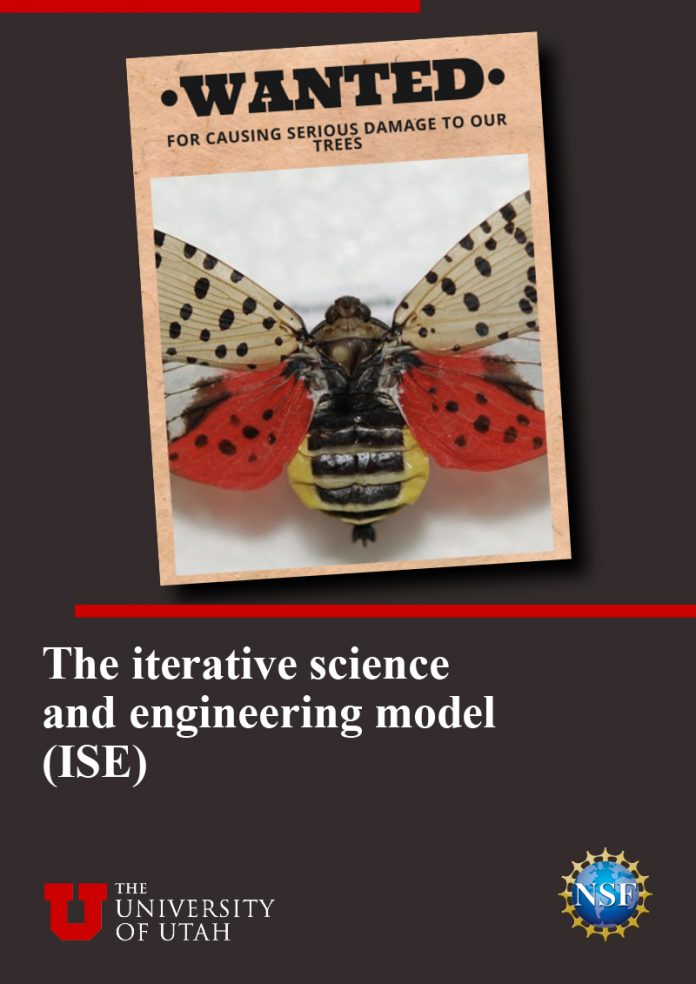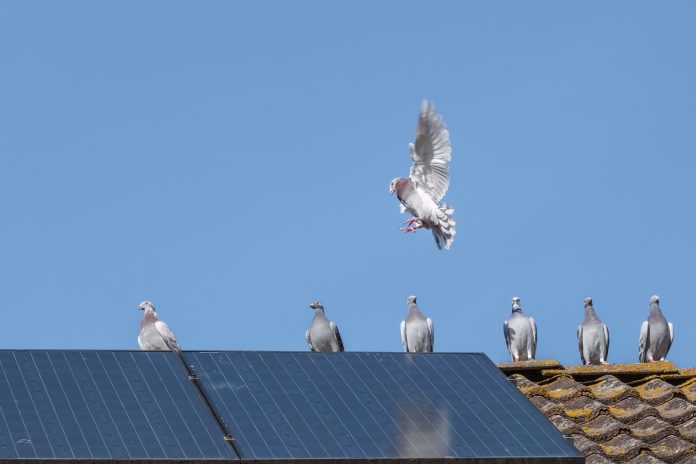Home Search
invasive species - search results
If you're not happy with the results, please do another search
University of Florida Biodiversity Institute: Addressing the issues
Professor Pamela Soltis discusses how the Biodiversity Institute at the University of Florida was founded to address critical societal issues of the 21st century related to biodiversity.
Recognising the important role of biodiversity
Pamela S. Soltis, Director, University of Florida Biodiversity Institute, reveals the key work being done in the U.S. to respond to the ‘biodiversity crisis’
Microbes and the rigour of space flight
William B. Miller, Jr., M.D. argues that without the planning to do so, we have launched microbial life from this planet
Biodiversity: The extraordinary variety of life on Earth
Pamela S. Soltis, Director of the University of Florida Biodiversity Institute provides a fascinating analysis of her department’s research on biodiversity – that is, the extraordinary variety of life on Earth
Greening the inner city: How do we choose the best trees?
Nina Bassuk from the Urban Horticulture Institute, School of Integrative Plant Science Cornell University shares her thoughts on the value of green spaces in inner cities and how we should choose the best trees for this purpose
University of California Cooperative Extension
As a land-grant institution, the University of California Cooperative Extension specialists are dedicated to the welfare, development and protection of California agriculture and are the outreach arm the University of California’s Agricultural and Natural Resources program (UC ANR; http://ucanr.edu)
University of California Cooperative Extension (CE) specialists are headquartered at UC...
Training a global biodiversity workforce for the 21st century
Director of University of Florida Biodiversity Institute, Pamela S. Soltis gives a compelling insight into the world of biodiversity and the importance of training the workforce behind it
Biodiversity – the extraordinary variety of life on Earth – is fundamental to a healthy, sustainable planet, yet the connections between biodiversity,...
iDigBio: Serving biodiversity data and resources to the World
Pamela S Soltis, Director of the University of Florida’s Biodiversity Institute shares a compelling insight into the digitisation of biodiversity data
USDA’s high-tech tools to identify dangerous pests
Greg Rosenthal of the U.S. Department of Agriculture’s (USDA) lifts the lid on their work with digital identification tools to identify dangerous pests
Recognising the important role of biodiversity
Pamela S. Soltis, Director, University of Florida Biodiversity Institute, reveals the key work being done in the US to respond to the ‘biodiversity crisis’
Soil biodiversity: keeping the Earth alive
Arwyn Jones and Alberto Orgiazzi, European Commission Joint Research Centre Sustainable Resources Directorate - Land Resources Unit, discuss the importance of soil biodiversity...
Soil condition underpins food security, green growth, bio-economies and aboveground biodiversity; it regulates climate, the hydrological and nutrient cycles, while mitigating climate change. Soils provide resilience against floods and...
The hurdles of Biological Control to control the Red Imported Fire Ant.
Guadalupe Rojas, Juan. A. Morales-Ramos, Jian Chen, Michael Grodowitz, and Margaret Allen discuss the hurdles of Biological Control to control the Red Imported Fire Ant.
The red imported fire ant, Solenopsis invicta, is one of the most successful invasive ants and it is regarded as one of the world’s worst invasive...
The Arctic: A global climate “canary in a coal mine”
Dr Jan-Gunnar Winther, Director of the Norwegian Polar Institute, explains how a dramatically warming Arctic heralds global changes to come
It is a documented fact that no region of the planet is experiencing more dramatic climate change than the Arctic. In recent years, this has resulted in melting glaciers, rapid...
Pets, people and pathogens
Clifford Warwick, Senior Scientific Consultant for the Emergent Disease Foundation examines the links between zoonotic pathogens and human disease.
Introduction
Whether priceless personal ‘friends’, hobbyists’ favoured fancies, or simply delivering big bucks to animal dealers, pets have long been a fixture of society.
Key among the numerous human benefits is companionship, although...
The risk of malignant pleural mesothelioma
Although the use of asbestos-containing building materials was banned in the UK in 1999, this carcinogenic mineral continues to be a serious health threat. Daniel J. Murphy from the University of Glasgow tells us more.
STEM programs: Encouraging an early start with engineering design
Nancy Butler Songer, Associate Provost of STEM Education at the University of Utah, highlights the importance of introducing STEM programs to younger students.
Classical biological control: Nature-based solutions to reduce pesticide usage
Professor Martin Hill from the Centre for Biological Control at Rhodes University discusses the benefits of classical biological control and highlights the necessary considerations for this approach.
Martin Hill – Rhodes University
Martin Hill is the Distinguished Professor of Entomology at Rhodes University and the Director of the Centre for Biological Control.
His research is broadly biological control of both invasive alien plants and insect pests in an attempt to find alternative ways to control these pests that reduces the amount of...
The iterative science and engineering model (ISE)
Solving STEM challenges requires deep engagement with phenomena. Interdisciplinary STEM discoveries often advance through a fluid and messy process where scientists and engineers toggle between scientific investigation, problem generation, and engineering design to generate multiple solutions that are shared with and evaluated by others.
Is renewable energy killing our birds?
As concerns about the declining bird population continue to grow, scientists highlight the unintentional consequences of renewable energy development.



